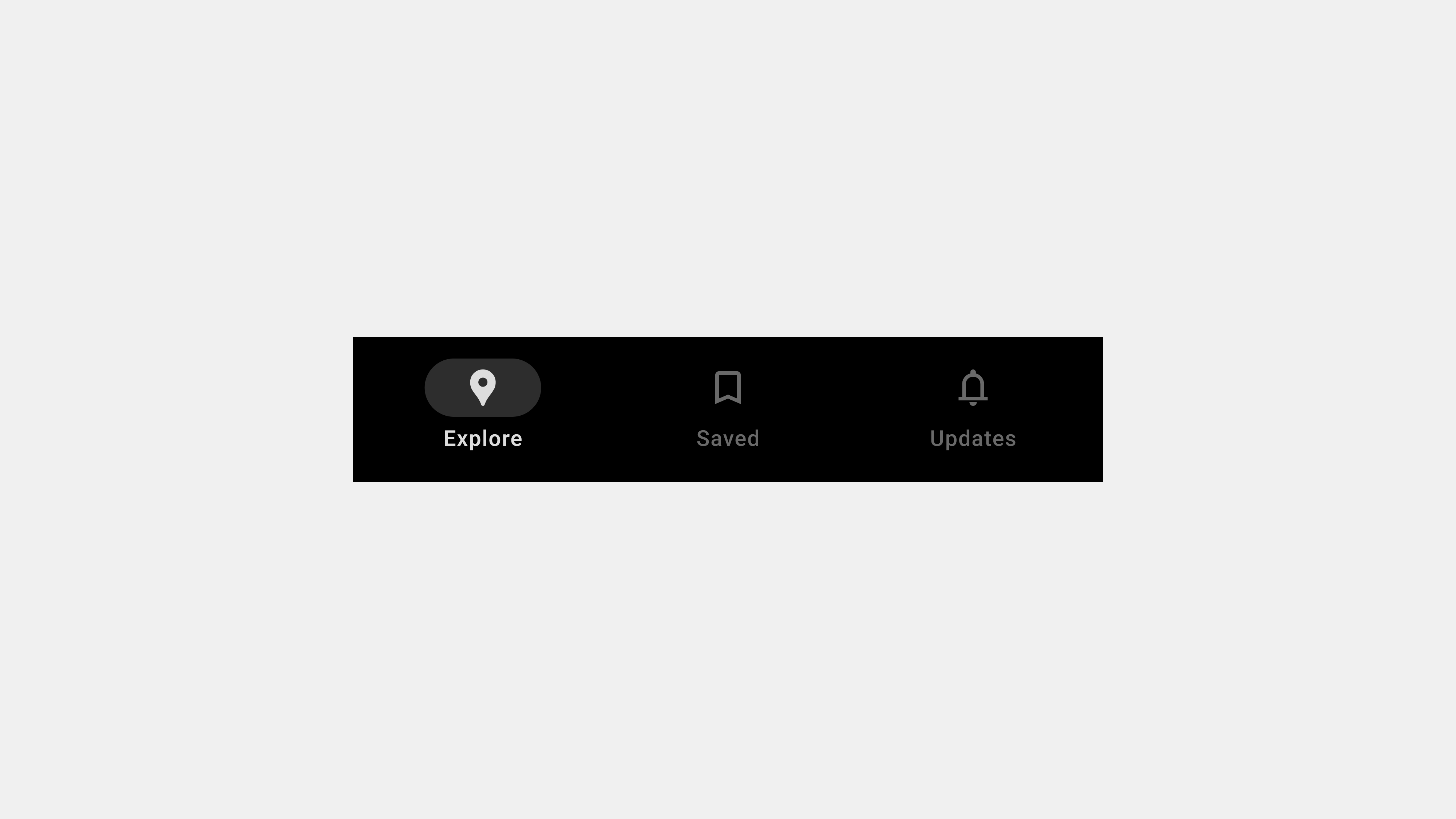Exploring the Definition and Role of Menus in UI/UX Design
Menus are one of the most essential elements in user interface design. They act as the backbone of navigation, enabling users to access content, features, and functionality efficiently. A well-designed menu not only improves usability but also serves as a critical component in delivering a seamless user experience. This article delves deeper into the definition and role of menus, providing insights into their importance and best practices for their design.
1. What Are Menus in UI/UX Design?
A menu in the context of UI/UX design is a structured list of options, commands, or features that allow users to interact with a system. Menus act as the primary means of navigation, guiding users through the interface and helping them perform desired tasks.
Key Characteristics of Menus
- Hierarchy: Menus often follow a hierarchical structure to organize information.
- Visibility: They are designed to be easily discoverable and accessible.
- Functionality: Menus facilitate navigation, settings configuration, and task execution.
Purpose of Menus
- To provide users with clear pathways to navigate between different sections of an app or website.
- To offer shortcuts for executing commands or accessing frequently used features.
- To reduce cognitive load by organizing options in an intuitive layout.
2. The Role of Menus in UI/UX Design
Menus are more than just lists of options; they play a multifaceted role in shaping the user experience.
A. Organizing Information
Menus act as a framework for categorizing and presenting content in a logical manner.
Why It Matters
- Helps users quickly find what they are looking for.
- Prevents information overload by grouping related options.
Example
E-commerce websites like Amazon use mega menus to categorize products into “Electronics,” “Fashion,” and “Home Essentials,” allowing users to navigate vast inventories easily.
B. Facilitating Navigation
Menus guide users to different sections or features of a system.
Why It Matters
- Simplifies complex interfaces by providing clear pathways.
- Reduces the time and effort required to navigate.
Example
In a mobile app, a bottom navigation bar menu provides quick access to primary features like “Home,” “Search,” “Notifications,” and “Profile.”
C. Enhancing Discoverability
Menus help users uncover features or content they may not have known existed.
Why It Matters
- Drives engagement by exposing users to new or less obvious features.
- Encourages exploration and retention.
Example
A hamburger menu in a mobile app might include secondary features like “Help,” “Settings,” or “About Us” that are not immediately visible.
D. Supporting Task Execution
Command menus allow users to perform specific actions such as editing, saving, or sharing content.
Why It Matters
- Increases efficiency by enabling quick access to tools and functions.
- Improves user satisfaction by reducing the steps required to complete tasks.
Example
In a document editing tool like Google Docs, the “File” menu offers commands like “Save,” “Download,” and “Print,” streamlining productivity.
E. Enabling Customization and Configuration
Settings menus allow users to personalize their experience by configuring preferences.
Why It Matters
- Enhances user satisfaction by giving them control over the interface.
- Supports diverse user needs and accessibility requirements.
Example
A settings menu in a streaming app allows users to adjust playback quality, manage subscriptions, and configure parental controls.
3. Key Components of Menus
A. Menu Items
Each option within a menu is a menu item, representing an action, link, or feature.
B. Icons and Labels
Icons visually represent menu items, while labels provide textual descriptions.
C. Dividers and Grouping
Menus often use dividers or visual grouping to organize related items, making them easier to scan.
D. Hierarchical Structure
Submenus or dropdowns create a nested structure for categorizing complex menus.
4. Best Practices for Designing Effective Menus
Creating an effective menu involves balancing usability, functionality, and aesthetics.
A. Keep It Simple
- Avoid cluttering menus with too many options.
- Prioritize the most important features or sections.
B. Use Clear and Descriptive Labels
- Ensure that menu labels accurately describe their purpose.
- Avoid using jargon or ambiguous terms.
C. Ensure Accessibility
- Implement ARIA roles for screen reader compatibility.
- Design menus to be navigable via keyboard.
D. Optimize for Different Devices
- Use responsive design to ensure menus work seamlessly on mobile, tablet, and desktop.
- Implement touch-friendly elements for mobile users.
E. Provide Feedback and Indicators
- Highlight the active menu item to show users their current location.
- Use hover effects, animations, or sound cues to confirm interactions.
5. Common Types of Menus
A. Navigation Menus
Used for moving between sections of an app or website.
B. Dropdown Menus
Expand to reveal options when clicked or hovered over.
C. Contextual Menus
Appear based on user actions, offering relevant commands.
D. Mega Menus
Display multiple categories and subcategories in a large panel.
6. Challenges in Menu Design
A. Overcrowding
Menus with too many options can overwhelm users.
Solution: Prioritize and group options into submenus.
B. Ambiguity
Unclear labels or icons can confuse users.
Solution: Use familiar language and universally recognized icons.
C. Accessibility Issues
Menus that are not screen reader-friendly exclude users with disabilities.
Solution: Test menus with assistive technologies.
7. Tools for Designing and Developing Menus
A. Design Tools
- Figma: For creating wireframes and prototypes.
- Adobe XD: For interactive menu designs.
B. Development Tools
- React Menu: For implementing dynamic, responsive menus.
- Bootstrap: For prebuilt components and templates.
C. Testing Tools
- Axe Accessibility Checker: For identifying accessibility issues.
- BrowserStack: For cross-browser testing.
Conclusion
Menus are more than just navigation tools; they are pivotal in shaping the overall user experience. By organizing content, facilitating navigation, and supporting task execution, menus empower users to interact with a system effortlessly. Designers and developers must prioritize clarity, accessibility, and responsiveness to create menus that enhance usability and satisfaction.

